Weaving Heritage: The Beauty of Inabel in the Philippines
In the picturesque landscapes in northern Philippines, a cultural masterpiece unfolds through the ancient art of Inabel weaving.
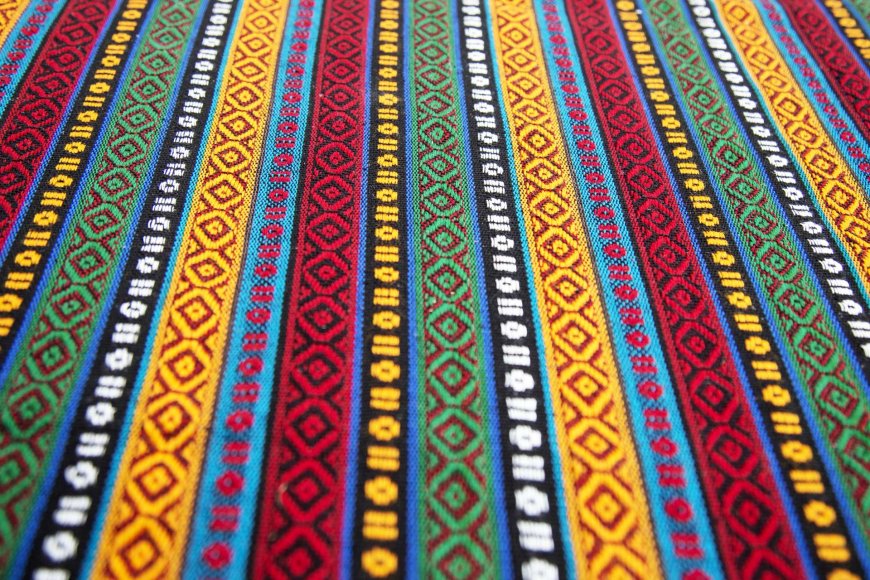
Preserving Ilocano Tradition Through Handwoven Treasures
Inabel, also known as "Abel Iloco," is a traditional handwoven fabric from the Ilocos region of the Philippines. Revered for its intricate designs, durability, and cultural significance, this fabric has been a symbol of Filipino craftsmanship and artistry for centuries. It not only serves a practical function but also represents the rich cultural heritage of the Ilocano people. Through generations, the art of Inabel weaving has been passed down, with weavers meticulously crafting pieces that embody both beauty and function.
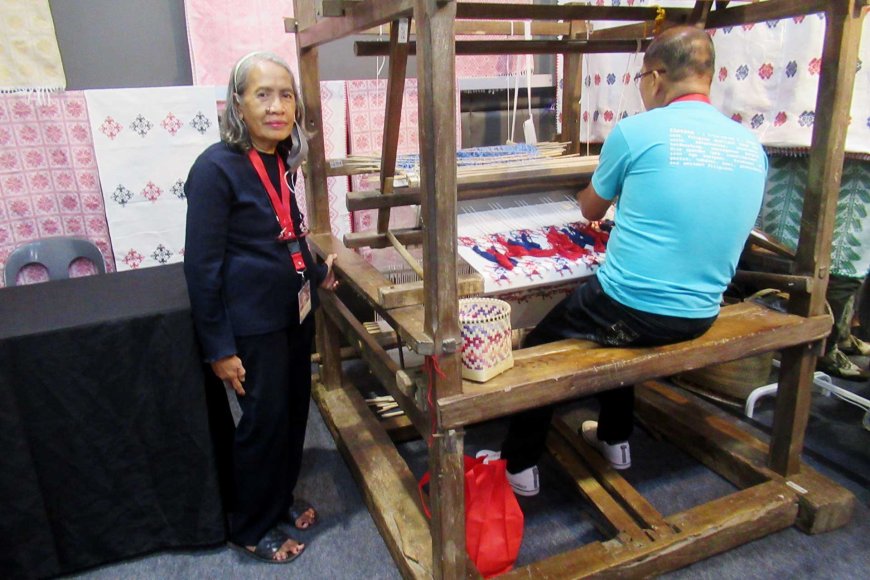 Artisans at work (Traditional weaving of the north, Inabel). Credit: SJasminum
Artisans at work (Traditional weaving of the north, Inabel). Credit: SJasminum
Origins and Cultural Significance
The word "Inabel" comes from the Ilocano word "abel," which means to weave. This age-old tradition of handweaving dates back to pre-colonial times, when textiles were essential to the everyday lives of Filipinos. In the Ilocos region, weaving was a common household activity, and textiles were traded with neighboring communities for goods such as food and tools.

Inabel fabrics were originally used to make blankets, shawls, and traditional garments such as the baro't saya (a traditional Filipino blouse and skirt combination) and the camisa de chino (a loose shirt worn by men). The designs often feature motifs inspired by nature, such as flowers, plants, and animals, as well as geometric patterns passed down through generations.
Weaving has deep roots in the Ilocano culture, not only as a craft but also as a way of life. It is said that the patience and meticulousness required in weaving reflect the resilience and hard work of the Ilocano people, who live in a region known for its arid landscapes and challenging agricultural conditions. The act of weaving, often done by women, is seen as a form of storytelling, with each piece representing the weaver's emotions, experiences, and cultural identity.
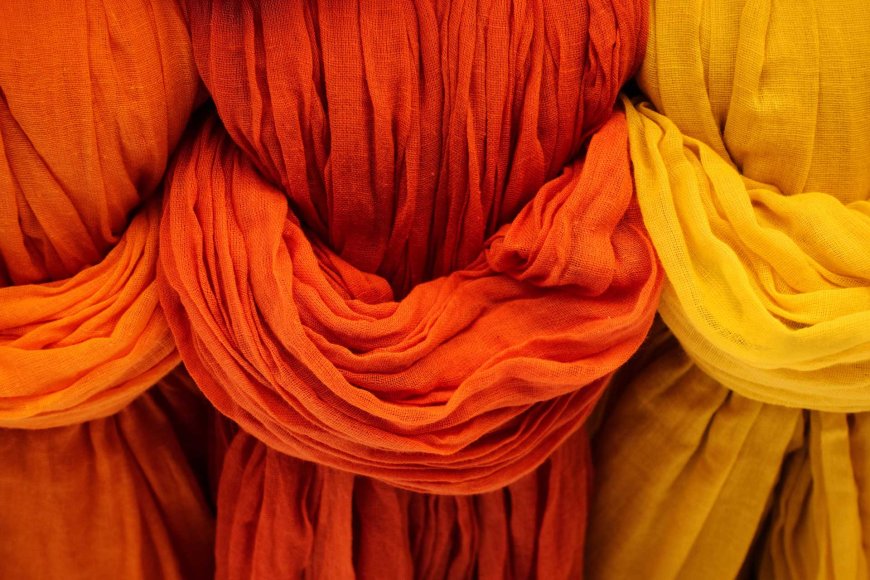
The Process of Inabel Weaving
The creation of Inabel is a labor-intensive process that requires skill, precision, and artistry. It starts with preparing the cotton threads, which are either spun locally or imported. Traditionally, local cotton was used, but with the advent of industrialization, the use of imported cotton has become more common.
The weavers use a handloom, called pagablan, which consists of wooden frames, pedals, and heddles that manipulate the threads. Weaving Inabel is done manually, with the weaver controlling the tension of the threads and using their feet to operate the pedals while their hands work the shuttle back and forth. The patterns are created by manipulating the threads, often in intricate combinations of vertical and horizontal lines.
One of the most remarkable aspects of Inabel weaving is the symmetry and precision of the patterns. Weavers must carefully plan each design, ensuring that the motifs align perfectly. This requires not only technical skill but also a deep understanding of the aesthetic values that define Ilocano artistry. The entire process can take days or even weeks, depending on the complexity of the design.
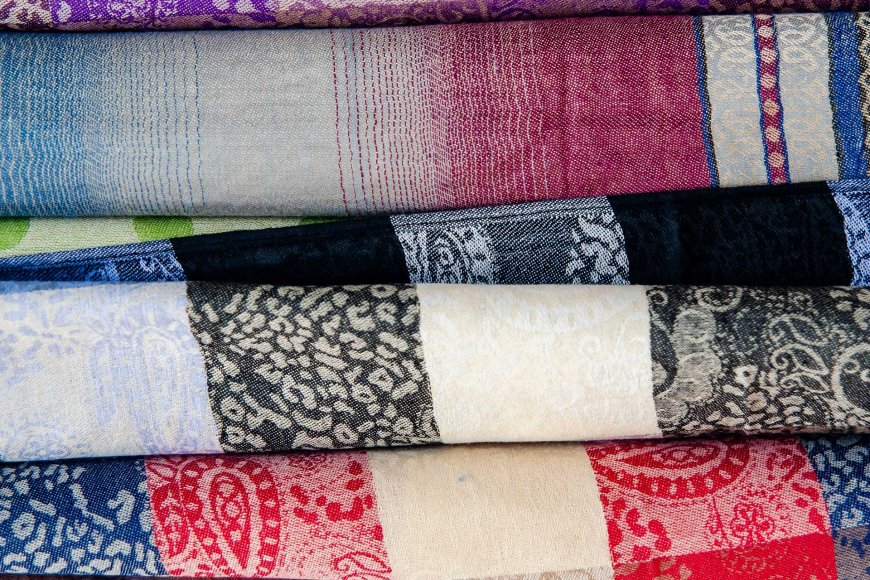
Traditional and Modern Designs
Inabel fabrics are renowned for their geometric patterns and vivid colors. Traditional designs are often inspired by nature, with motifs such as stars, flowers, and seashells appearing frequently in the weave. Many of these patterns have symbolic meanings. For instance, the "binakol" pattern, characterized by swirling lines and zigzags, represents the waves of the ocean and is believed to protect the wearer from harm.
Modern weavers, while still adhering to traditional techniques, have started incorporating contemporary designs and color schemes. This evolution has allowed Inabel to remain relevant in the modern fashion industry, with designers incorporating it into clothing, accessories, and even home decor. The fabric’s versatility and unique aesthetic make it appealing to both local and international markets.
Despite the introduction of new patterns and designs, the essence of Inabel weaving remains intact. The craft continues to celebrate the weaver’s artistry and cultural identity while evolving to meet contemporary tastes.

Challenges and Preservation Efforts
Like many traditional crafts, Inabel weaving faces challenges in the modern world. The rise of mass-produced textiles has led to a decline in demand for handwoven fabrics, putting pressure on the weaving communities in the Ilocos region. Additionally, younger generations are less inclined to learn the craft, leading to concerns about its continuity.
However, various efforts have been made to preserve this cultural heritage. Organizations and local governments in the Ilocos region have launched initiatives to promote Inabel weaving, including educational programs that teach the younger generation the art of handweaving. Some schools now offer weaving as part of their curriculum, and community workshops have been established to pass on the tradition.
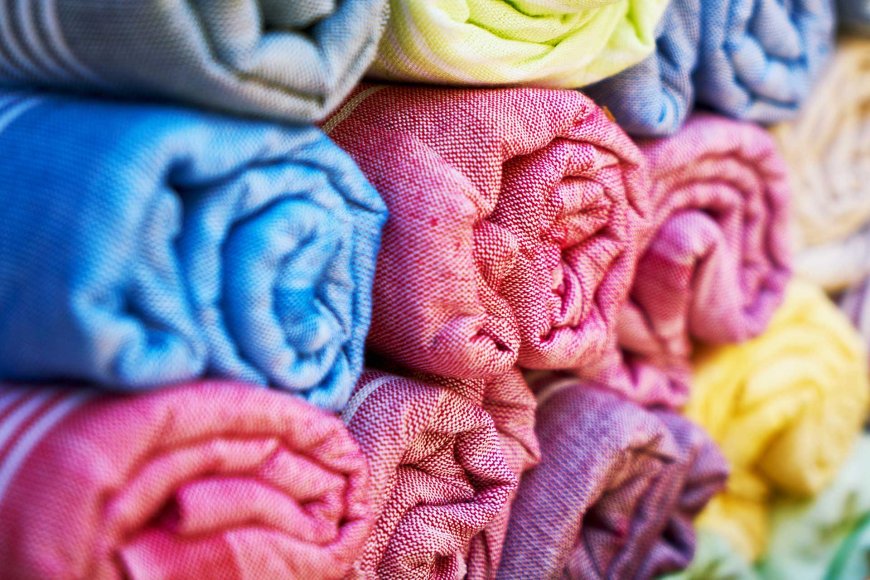
In recent years, Inabel has also gained recognition in the global fashion industry. Several Filipino designers have showcased Inabel-inspired pieces in international fashion shows, sparking renewed interest in the fabric. This increased visibility has helped create a market for Inabel textiles, providing income and support for the weavers who keep this tradition alive.
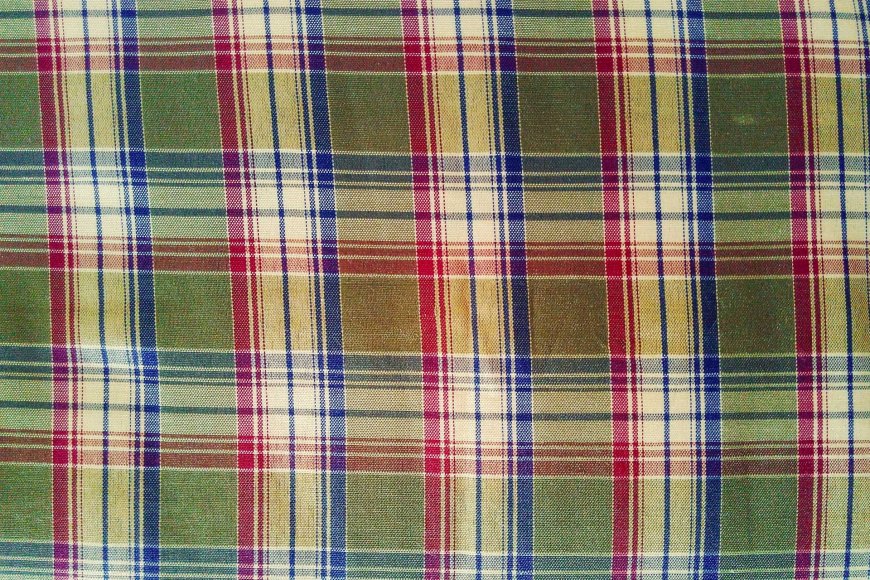
The Future of Inabel
As more people become aware of the cultural and artistic value of Inabel, there is hope that the tradition will continue to thrive. With the growing emphasis on sustainable fashion and the desire for unique, handmade items, Inabel stands out as a timeless example of Filipino craftsmanship. The fabric’s beauty lies not only in its appearance but also in the stories it tells—stories of a resilient people, of creativity passed through generations, and of a heritage woven into the very fabric of Filipino identity.
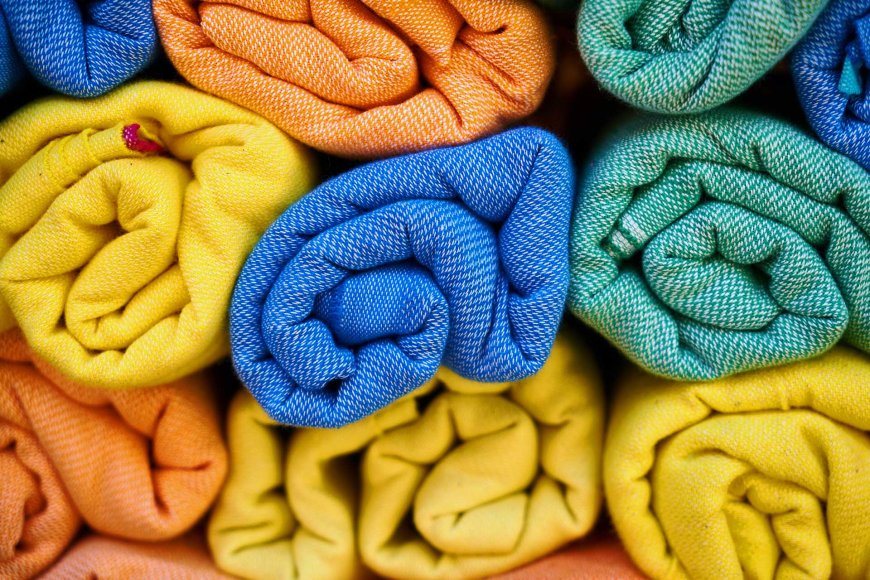
Inabel weaving is more than just a craft; it is a testament to the enduring spirit of the Ilocano people and their ability to create beauty in the face of adversity. By preserving this art form, future generations will be able to appreciate and connect with a piece of their cultural heritage, ensuring that the beauty of Inabel continues to inspire for many years to come.
Find Cheap Flight Tickets to any Destinations in Japan and the Philippines
Nipino.com is committed to providing you with accurate and genuine content. Let us know your opinion by clicking HERE.































































